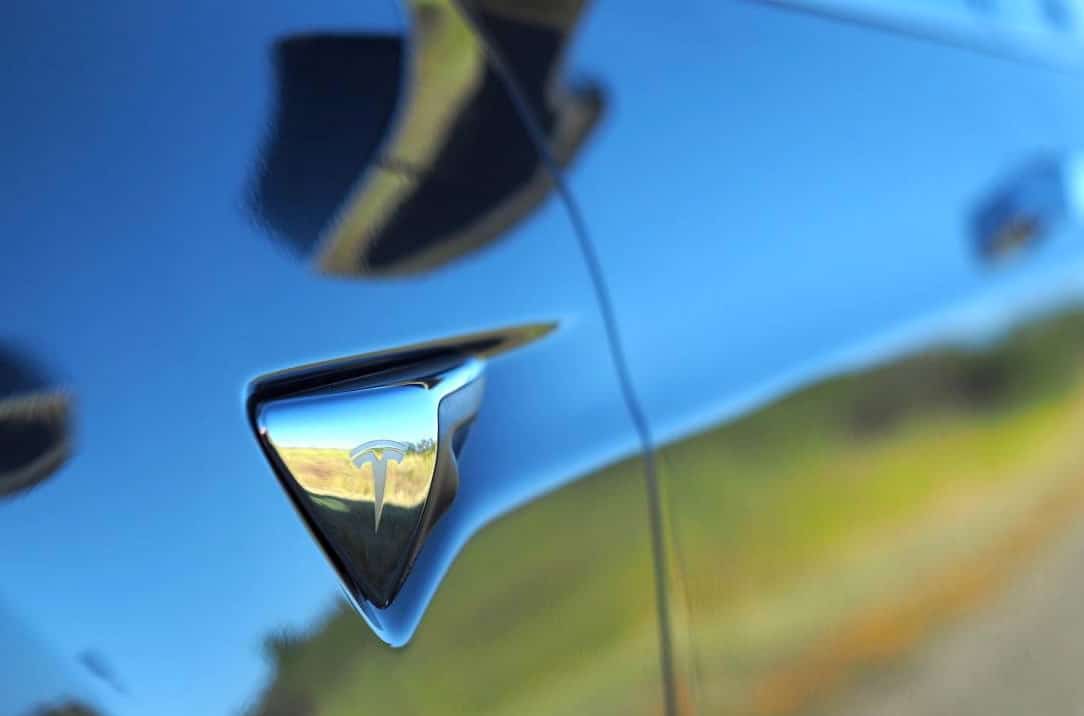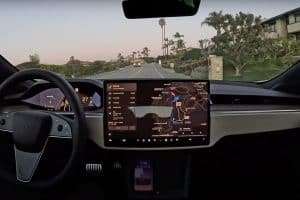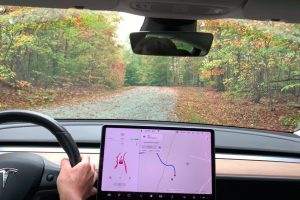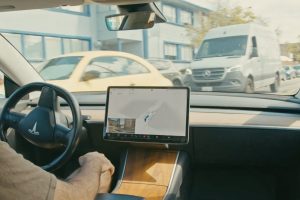Estimated reading time: 3 minutes
One of the most complex and precise systems on the road is Tesla’s Full Self-Driving (FSD) suite. The company has always focused on continuous development, which is indicated in a recent patent filed for a “millimeter wave radar sensor” for its vehicles with the Federal Communications Commission (FCC).
Since the beginning of its self-driving voyage, Tesla’s reliance on cameras and sensors has been evident. With the company having many options to use in its search for autonomy, Elon Musk has always maintained that for its self-driving programs, Tesla will use cameras and radar, not LiDAR. Musk once called LiDAR “a fool’s errand” and still declined to consider the system for Tesla.
Instead, to increase the accuracy of its self-driving vehicles, Tesla has used eight external body cameras, twelve ultrasonic sensors, and a front-facing radar. Tesla also uses a Neural Network to collect data and insight that learns the actions of other drivers to make the vehicles even more predictable and reliable. Over the years, Tesla has collected 20 billion miles of real-world data that contributes to the growth of the Neural Net and makes the entire Autopilot and FSD system more precise as more miles are driven.
Most would think that Tesla’s FSD suite, which is already showing vast changes since the FSD Beta rollout in late 2020, just needs more miles and time to develop with all of its sensors, cameras, and radars. But this is not the case, since Tesla wants to add in its cars a more refined radar sensor to further enhance accuracy.
Originally obtained and published by Electrek, owing to a confidentiality arrangement, the FCC document does not disclose full information about the device. This will hold the system’s finer points until July 2021.
The new radar will run in the 60 GHz band, the document reports.
“The equipment under test (EUT) was a Vehicle Millimeter-wave Radar Sensor operating in 60 GHz band (60-64 GHz).“
Using a new, more refined, and more precise sensor would eventually help Tesla improve its self-driving system even further. Last year, during the Q3 2020 Earnings Call, Musk announced that the company intended to switch to a 4-dimensional training program, moving away from its currently used ‘~2.5D’ system. 4D is “essentially video” and will help increase the precision of the system.
Musk explains:
“So what we’ve been doing, thus far, has really just been like 2D — mostly 2D, and like I said, well correlated in time. So just hard to convey just how much better a fully 4D system would work — does work. It’s capable of things that if you just look — looking at things as individual pictures as opposed to video — basically, like you could go from like individual pictures to surround video, so it’s fundamental. So the car will seem to have just like a giant improvement.“
In a more advanced and reliable way, the 4D device will be able to manage multiple traffic situations because video is easier to gather information from than images. It will possibly operate in conjunction with Tesla’s Dojo supercomputer, which is expected to be released later this year.
Ready to join Tesla’s Mission to accelerate the world’s transition to sustainable energy? Feel free to use my referral code to get some free Supercharging miles with your purchase: http://ts.la/guanyu3423
You can also get a $100 discount on Tesla Solar with that code.




